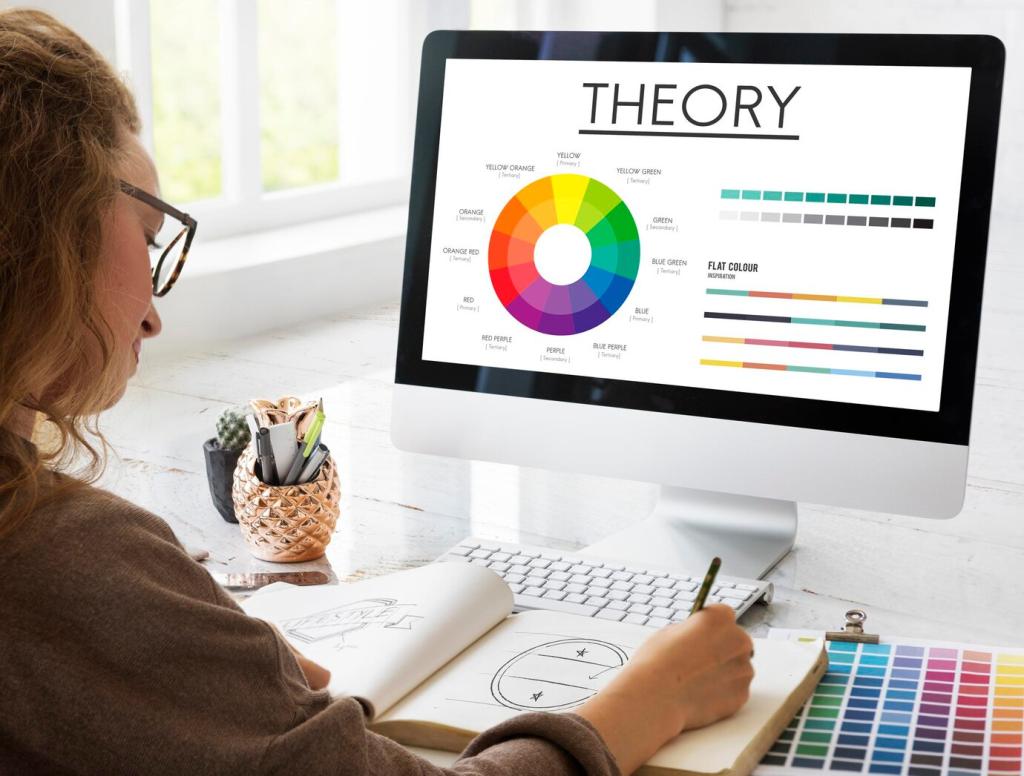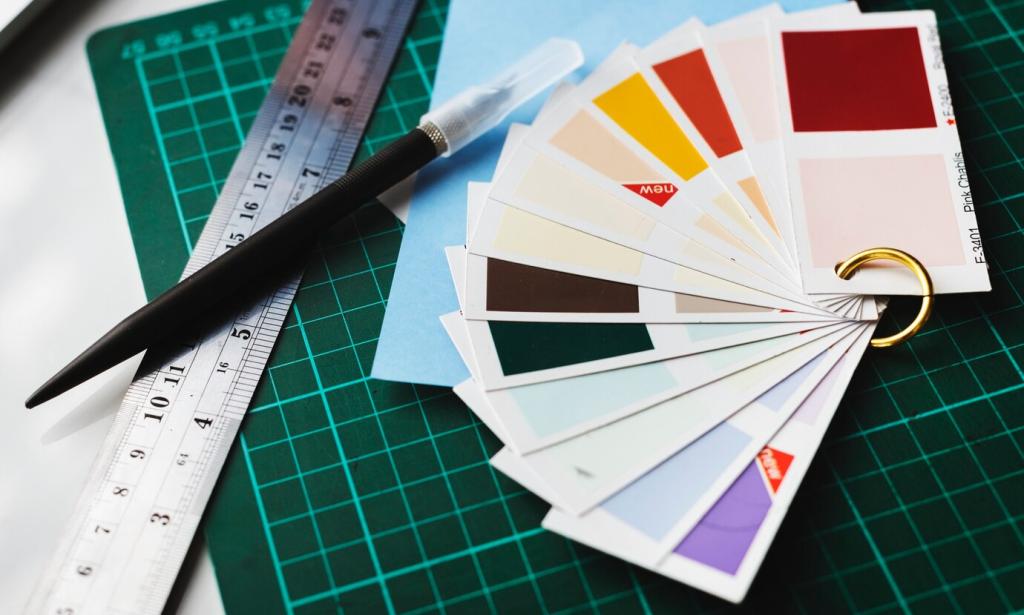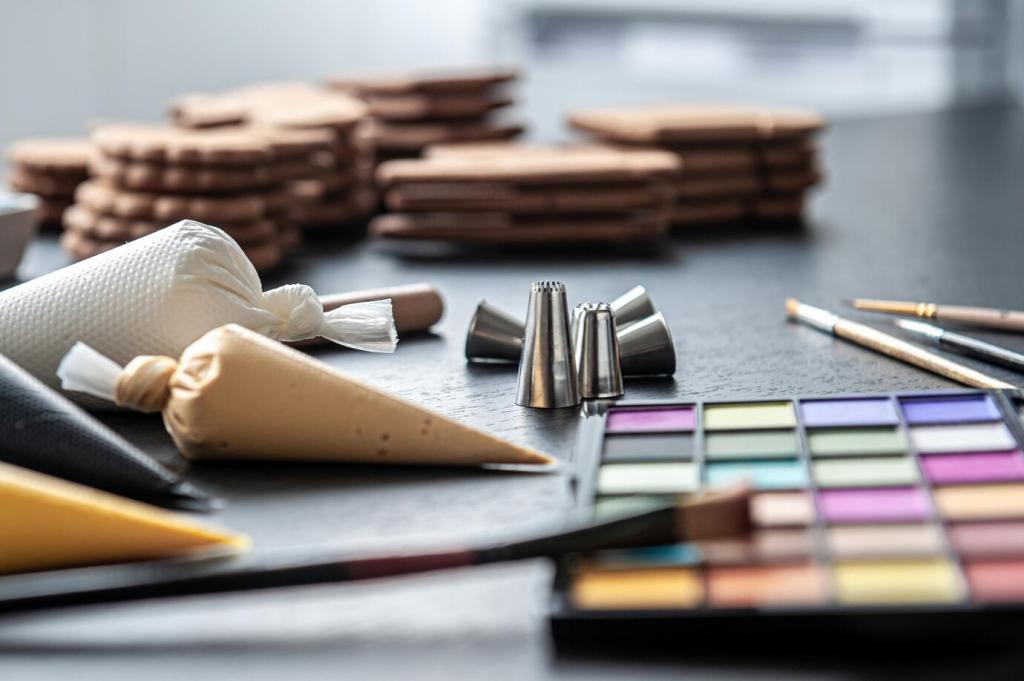Build Trust Without Hard Selling
Use brief quotes that illuminate outcomes, not flattery. A parent noting mornings feel calmer says more than amazing design. Invite readers to share one sentence they would hope to say after working together.
Build Trust Without Hard Selling
Outline your process clearly: consultation, concept, documentation, delivery. Explain how communication milestones prevent surprises. Share a behind-the-scenes anecdote about a schedule save, and ask subscribers which phase worries them most.
Build Trust Without Hard Selling
List memberships, certifications, and press as context, not crescendo. Tie each credential to client benefit. If you mention an award, add what criterion mattered and how it shapes future decisions clients will experience.
Build Trust Without Hard Selling
Lorem ipsum dolor sit amet, consectetur adipiscing elit. Ut elit tellus, luctus nec ullamcorper mattis, pulvinar dapibus leo.








